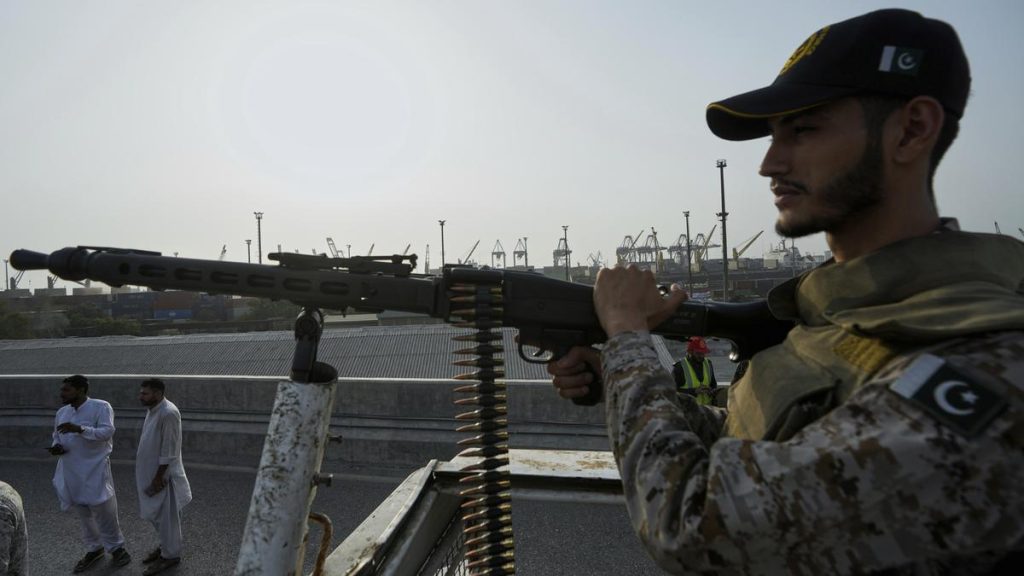India has released time-stamped satellite images showing that its air bases remain intact, refuting Pakistan’s accusations of significant damage after recent military strikes. This move is aimed at debunking Pakistan’s claims regarding the destruction of Indian military infrastructure, with India asserting the evidence of the undamaged state of its bases.
Background to the Rising Tensions
The recent surge in hostilities began after a terrorist attack on April 22, 2025, in Pahalgam, Jammu and Kashmir, which resulted in the deaths of 27 people, including 25 Hindu pilgrims. India held Pakistan-based militants responsible for the attack, prompting Indian forces to retaliate on May 7, 2025. India launched missile strikes targeting what it described as terrorist camps in Pakistani-administered Kashmir and Punjab, causing casualties on both sides and escalating the conflict.
Pakistan’s Allegations
In the aftermath of India’s missile strikes, Pakistan accused India of targeting three key military air bases: Nur Khan, Murid, and Shorkot. Pakistan’s military claimed that most of the missiles were intercepted but that retaliatory strikes were launched under an operation named “Operation Bunyan Ul Marsoos.” These strikes reportedly targeted Indian facilities such as Pathankot airfield and Udhampur air base, aiming to avoid civilian casualties.
India’s Counter-Evidence
To counter Pakistan’s claims, India released satellite images of its air bases, including Sirsa and Udhampur, taken both before and after the alleged missile strikes. The images revealed no visible damage to the airfields, runways, or hangars, directly contradicting Pakistan’s assertions of widespread destruction. Indian defense officials emphasized that the released images provide clear evidence that no significant damage occurred to their military infrastructure.
Global Reactions to the Conflict
The international community has expressed growing concern over the escalating tensions between India and Pakistan. The United Nations has called for both nations to exercise maximum restraint and seek a diplomatic solution to the crisis. Additionally, the Group of Seven (G7) countries have urged India and Pakistan to initiate direct dialogue to prevent further escalation. The United States has also offered its support to facilitate “constructive talks” between the two countries, underlining its commitment to peace in the region.
Humanitarian Concerns
The conflict has taken a heavy toll on civilians, particularly in the Kashmir region, which remains a focal point of violence. Cross-border shelling and airstrikes have led to a rising number of casualties, while thousands have been displaced from their homes. Human rights groups have called for an immediate ceasefire and urged both sides to allow humanitarian aid to reach the affected populations.
Moving Forward
As tensions continue to escalate between India and Pakistan, the release of time-stamped satellite images plays a crucial role in the ongoing information war. While India maintains that its military actions were targeted and restrained, Pakistan’s accusations of military base destruction highlight the complexities of the situation. The international community’s calls for de-escalation and dialogue underscore the urgency of finding a peaceful resolution to avoid further violence and maintain stability in the region.
The coming weeks will be critical in determining whether both nations can de-escalate tensions and engage in meaningful dialogue to prevent further conflict. The release of clear evidence by India may provide a foundation for such a resolution, but the situation remains highly sensitive.





More Stories
Stranded Before the Festival: Air India Flight Cancellation Leaves Dozens in Milan Without a Way Home for Deepavali
Massive Gujarat Cabinet Overhaul: Harsh Sanghavi Promoted, Rivaba Jadeja Makes Political Debut
India Rejects Trump’s Statement on Russian Oil, Reaffirms Energy Sovereignty